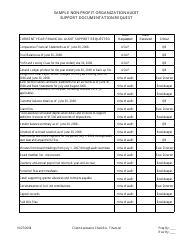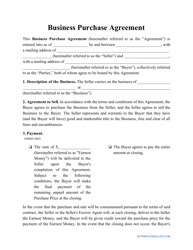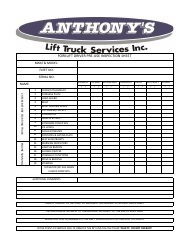Business Impact Analysis Worksheet - Ready Business
The Business Impact Analysis Worksheet from Ready Business is used to assess the potential impact of a business disruption on key operations, financial stability, and customer service. It is a tool to help businesses plan and prepare for emergencies and ensure continuity of operations.
The business owner or a designated representative typically files the Business Impact Analysis Worksheet for Ready Business.
FAQ
Q: What is a Business Impact Analysis (BIA)?
A: A BIA is a process that identifies and evaluates the potential impacts of disruptions to a business.
Q: Why is a Business Impact Analysis important?
A: A BIA helps businesses understand the potential consequences of an interruption to their operations, and allows them to prioritize their planning and mitigation efforts.
Q: What does a Business Impact Analysis assess?
A: A BIA assesses the impact of disruptions on critical business functions, processes, and resources, as well as the financial and reputational implications.
Q: How is a Business Impact Analysis conducted?
A: A BIA typically involves gathering information from key personnel and departments, and conducting interviews or surveys to identify critical functions, dependencies, and recovery strategies.
Q: What are the benefits of conducting a Business Impact Analysis?
A: Benefits of a BIA include enhanced understanding of business operations, improved preparedness and response capabilities, and more informed decision-making.
Q: Who should be involved in conducting a Business Impact Analysis?
A: Key personnel from various departments, such as management, finance, operations, IT, and human resources, should be involved in the BIA process.
Q: How often should a Business Impact Analysis be reviewed and updated?
A: A BIA should be reviewed and updated regularly, at least annually or whenever significant changes occur in the business or its operating environment.
Q: What is the end result of a Business Impact Analysis?
A: The end result of a BIA is a comprehensive understanding of the potential impacts of disruptions, along with recommended strategies for mitigating risks and ensuring business continuity.





















